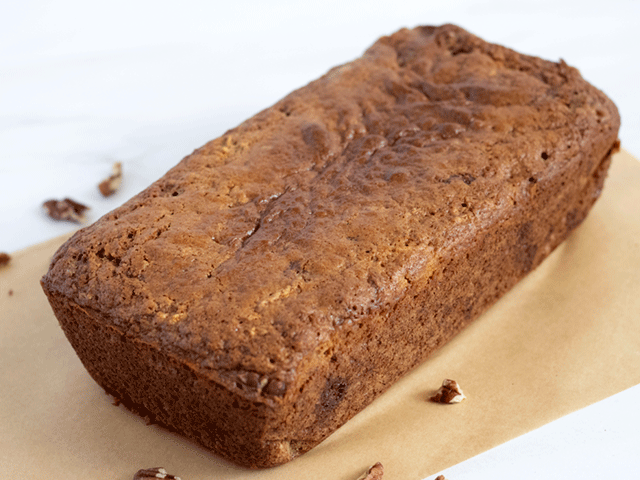
Quick breads are among the easiest bread recipes to make. Beginning bakers can turn to these speedy loaves time and time again whenever they want bread without waiting around for dough to rise. And if you don’t have a lot of equipment, quick breads typically require no more than a mixing bowl and spoon, measuring cups, and a bread pan to come together.
But quick breads can also be finicky.
A seemingly infinite number of variables can make the difference between a gorgeous loaf right out of the oven and a sunken mess. If you’re not sure what you did wrong, troubleshooting why your quick bread falls flat again and again can turn into a headache. To help you out, I’ve assembled the most common reasons your bread doesn’t rise as well as it should.
1. Over Mixing
Traditional yeasted and sourdough loaves require some gluten development to ensure the bread holds together while baking. Some recipes recommend stretch and folding techniques while others work best with thorough kneading. It’s only natural to assume that quick breads should be thoroughly mixed until smooth.
However, 9 times out of 10, my quick bread falls flat because I over mixed the batter.
As a general rule, you should only mix quick breads just enough to moisten the ingredients. A few lumps are okay! Over mixing a quick bread causes too much gluten to develop, resulting in strands that trap hot air. When the bread cools, the hot air escapes and the loaf collapses.
2. Expired Leavening
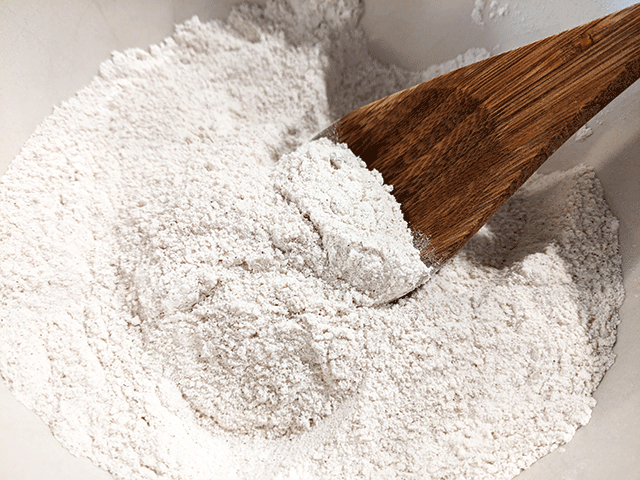
Many bakers love quick bread recipes because they’re fast and easy to make. Rather than relying on yeast or sourdough cultures to give the bread lift, quick bread recipes use baking powder or baking soda (or a combination of the two). Both leavening agents react with ingredients in the bread to create gas, and that gas causes the bread to rise quickly in the oven.
Baking soda and baking powder are fairly shelf stable. On average, an unopened container of baking soda or powder can last as long as 18 months at room temperature. Once opened, they have a shelf life of 6 months to 1 year.
However, just because baking soda and baking powder last a long time doesn’t mean that the container in your pantry is strong enough to bake bread. If you find your quick bread falls flat, check your leavening for effectiveness. Sprinkle a little baking soda or baking powder in some vinegar. If it fizzes, it’s safe to use. Replace them if you don’t see bubbles.
3. Too Much Liquid
Quick bread batter has a much higher hydration than your typical kneaded loaf. Consequently, you can’t expect the batter to hold its shape without a bread pan. Many quick breads also incorporate ingredients like zucchini, carrots, or pumpkin that increase the moisture content. These mix-ins give your bread a a soft, tender crumb.
But you can have too much of a good thing whenever you bake.
If your quick bread falls flat, take a closer look at your batter. If the batter runs off the spoon, it likely doesn’t have enough dry ingredients to compensate for the wet ones. Before mixing, be sure to dab excess moisture from fruits and veggies with a paper towel or allow them to drain with a sieve. Whenever possible, measure ingredients by weight rather than volume to ensure the proper ratios.
4. The Pan Is Too Small
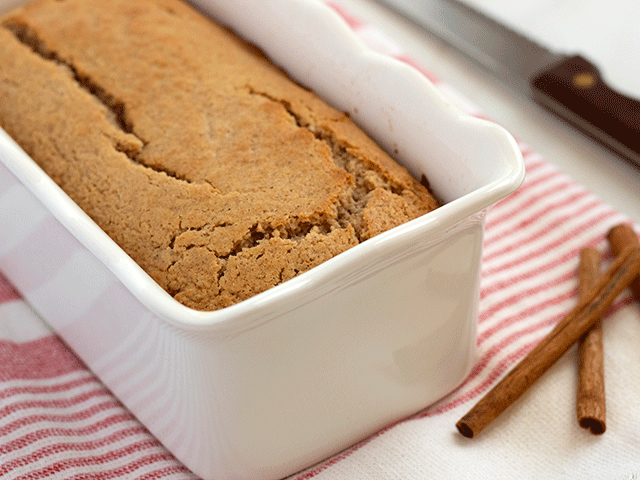
Quick bread recipes come in all shapes and sizes. Some recommend dividing batter among mini pans for gifting, while others recommend large pans for impressive layering effects. If you don’t have a particular pan size for a recipe, you may feel tempted to improvise and swap for a bigger or smaller pan depending on what you have available.
But pan size can make all the difference between a loaf with a cracked top and one that sinks in the middle. If you have too much batter for a single pan, your loaf won’t have any support as it rises in the oven. It will collapse as soon as you pull it from the oven. Similarly, if you have too little batter for a pan, the dough will spread out too far and not have enough bulk to rise properly.
As a general rule, aim to fill your bread pan about two thirds full. Not sure what pan size to use? I list what you’ll need in the Equipment section of my recipes. More often than not, I toggle between a 9-inch by 5-inch pan or an 8-inch by 4-inch pan.*
5. The Batter Sat Too Long
One of the best parts of about baking quick breads is the total time baking. When you’re familiar with a recipe, you can easily whisk together a batter, put the bread in the oven, and have everything cleaned up and finished baking in just over an hour.
But some recipes are more complicated than others. For example, a zucchini bread recipe may require you to peel and shred zucchini. A spiced carrot cake bread will require grated carrots as well as a variety of seasonings and mix-ins. If you’re following a recipe for the first time, you may not realize that these ingredients take longer to prepare.
Most quick breads rely on baking soda or powder to give them lift. Unlike yeast that produces gasses slowly, baking soda and baking powder create gas as soon as they come in contact with an acidic ingredient (or even just water). If you mix baking powder into your batter before you’re ready to put it in the oven, you lose a lot of those initial explosive bursts that raise your bread.
If your quick bread falls flat, consider prepping all the ingredients prior to mixing.
Need Help Troubleshooting Your Bread?
Baking is a magical blend of art and science. If your quick bread falls flat, it could be because any number of variables not listed here. Although I’m an amateur baker, I sincerely enjoy helping other bakers whenever I can. If you have questions regarding your quick bread, I’ll do my best to find out the answer – just share your thoughts in the comments section below.
*As an Amazon associate, I receive a small commission for purchases made with affiliate links. I am not paid to write specific reviews ore recommend certain brands. I only recommend items I regularly use and enjoy.

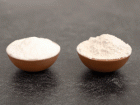
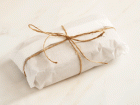

Thank-you for the informative article on why quick breads fail. I learned so much about what I’m doing wrong with my quick breads. I’m checking out your site, too!
You’re welcome! I’m happy to help and I hope your next baking adventure is a positive one.